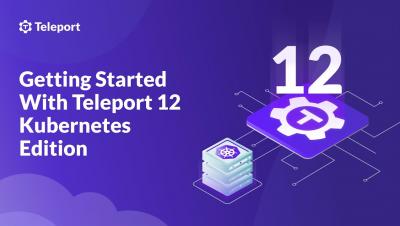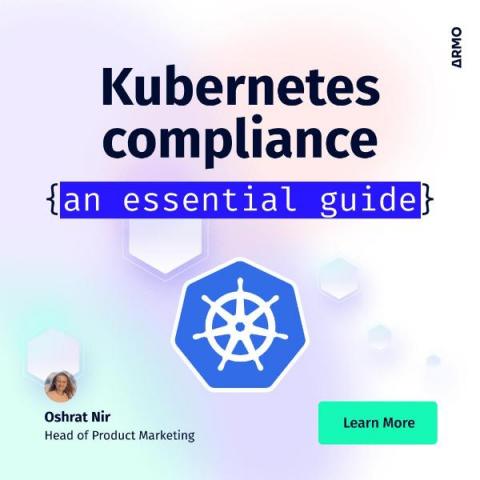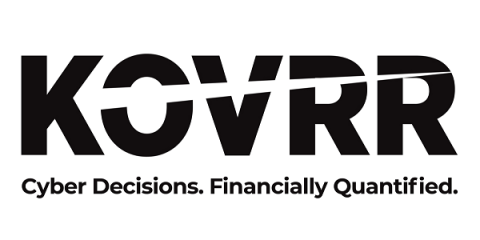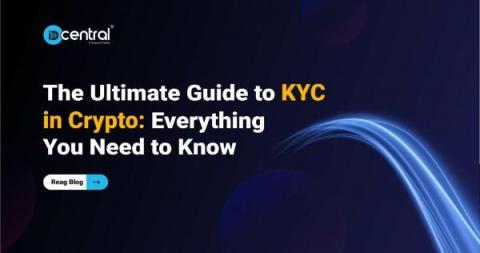Security | Threat Detection | Cyberattacks | DevSecOps | Compliance
Security
An essential guide to achieving compliance with Kubernetes
Cyber Risk Quantification based on the MITRE ATT&CK Framework
Styra Link: Policy Lifecycle Management from VS Code and CLI
CrowdStrike Discovers First-Ever Dero Cryptojacking Campaign Targeting Kubernetes
CrowdStrike has discovered the first-ever Dero cryptojacking operation targeting Kubernetes infrastructure. Dero is a relatively new and privacy-focused cryptocurrency that uses directed acyclic graph (DAG) technology to claim complete anonymity of its transactions. The combination of anonymity and the higher rewards ratio makes it potentially lucrative to cryptojacking groups compared to Monero, which is commonly used cryptocurrency by attackers or groups running miner operations.
The Ultimate Guide to KYC in Crypto: Everything You Need to Know
The first step in Anti-Money Laundering (AML) due diligence is to Know Your Customer (KYC). A financial institution (FI) promptly implements KYC processes to identify and confirm a new customer’s identification. These procedures enable FIs to evaluate the risk profile of a customer based on that person’s propensity for financial crime. KYC is a procedure that cryptocurrency exchanges are required to follow.
What are Rootkits? How to prevent them
A Rootkit is a malicious program composed of malware that is created to provide prolonged root-level or privileged-level access to a computer. It remains hidden in the computer system while maintaining control of the system remotely. Rootkits have the ability to steal data, eavesdrop, change system configurations, create permanent backdoors, deactivate other security defensive programs, and conceal other types of malware.
What is CSAF (Common Security Advisory Framework)?
The world of security advisories is disjointed, with disparate systems holding critical documentation in various formats. To make matters more challenging, despite living in a digital-first era, most of these documents are not legible for machines and must be parsed, reviewed, or referenced by humans.
How to Handle Secrets in Jenkins
DevOps engineers must handle secrets with care. In this series, we summarize best practices for leveraging secrets with your everyday tools.










